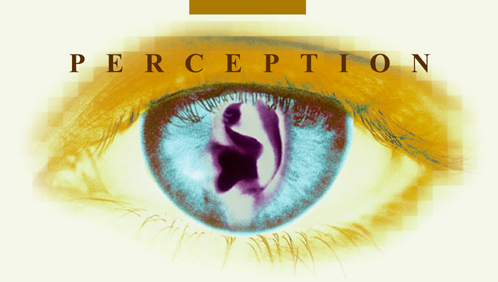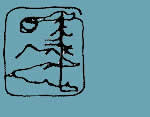
| go to fall quarter |
| home |
| announcements |
| syllabus |
| assignments |
| resources |
| contacts |
| catalog copy |
 |
|
Fall and Winter 2003-04
Program
Description
Thad Curtz, Ph.D (Literature and Developmental Psychology)
Nancy Murray, Ph.D. (Molecular Biology)
Charles Pailthorp, Ph.D. (Philosophy and Music)
This full
time first year program integrated work in biology, developmental psychology,
anthropology, and the humanities to explore the neurological basis of
smell, hearing, and vision; their historical and cultural variation;
animal sensory systems; and practical and theoretical issues about the
interactions between concepts, language, and perception in science,
art, and the lived experience of children and adults. Each week, we
met for five hours of lecture and workshop, a two hour lab, four hours
of seminar discussion, and three hours of film screening and discussion;
students also spent three hours a week fall quarter observing in a grade
school classroom and did fall independent research on an unusual kind
of perceptual experience and winter research on a musician or visual
artist, writing a final paper and giving a fifteen minute presentation
to the class each quarter.
They wrote two pieces a week - an exercise on the main points or themes
of the week’s reading and a three to five page expository paper
about it on a topic of their own, as well as a mid-term exam each quarter
integrating our work. We studied three essays from Sacks’s An
Anthropologist on Mars and “A Dog Beneath the Skin;”
Dillard’s Pilgrim at Tinker Creek; Burr’s The
Emperor of Scent; Stoddart’s The Scented Ape: The biology
and culture of human odor; Classen, Howes and Synnott’s Aroma:
The Cultural History of Smell; Suskind’s Perfume: the
story of a murderer; the first half of Ong’s Orality
and Literacy; Peters’s Here-Ings: A Sonic Geohistory;
Feld’s Sound and Sentiment: Birds, Weeping, Poetics, and Song
in Kaluli Expression; Howes’s “Olfaction and Transition;”
Schafer’s The Soundscape: The Untuning of the World;
Hull’s Touching the Rock: An Experience of Blindness;
Hickey’s “Enter the Dragon: On the Vernacular of Beauty;”
Hillman’s “The Practice of Beauty;” Snow’s A
Study of Vermeer; Blake’s Songs of Innocence and of Experience;
Woolf’s To the Lighthouse; Weschler’s Seeing
is Forgetting the Name of the Thing One Sees; Mozart’s Don
Giovanni; Mann’s Doctor Faustus; half of Cage’s
Silence; and Gibson’s Pattern Recognition. In
most weeks, we viewed and analyzed a feature film related to our readings;
these ranged from The Cabinet of Doctor Caligari to Chris Marker’s
Sans Soleil.
For our fall work in epistemology and developmental psychology, students
read selections from Descartes and Locke, Piaget’s “How
Children Form Mathematical Concepts,” Anderson and Smith’s
“Children’s Preconceptions and Content-Area Textbooks”
and Roth, Smith, and Anderson’s “Verbal Patterns of Teachers:
Comprehension Instruction in the Content Areas,” several chapters
on stages from Wadsworth’s Piaget’s Theory of Cognitive
and Affective Development, and Perry’s “Cognitive and
Ethical Growth: The Making of Meaning.”
We supplemented a weekly lecture on the neurobiology and anatomy of
the human olfactory, auditory and visual systems and on animal sensory
systems with chapters on neurons, the auditory system, the optics of
vision, and color from various textbooks and most of Hughes’ Sensory
Exotica. In the laboratory sessions students did experiments and
kept a lab notebook exploring sensory phenomena such as olfactory fatigue
and afterimages, mapping the somatosensory cortex through two-point
discrimination testing, and pigment chromatography. Each student worked
in a small group at the end of the program doing three weeks of laboratory
research exploring a related topic of their choice and prepared a poster
on their work.